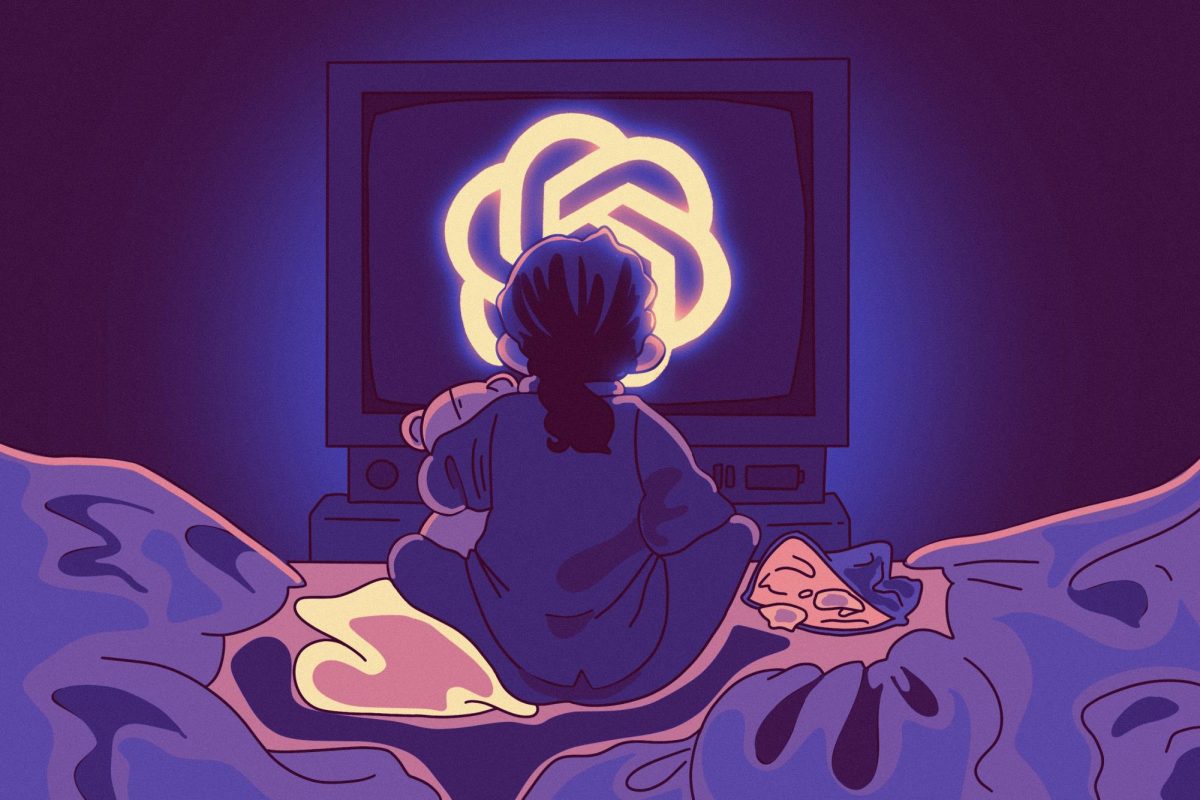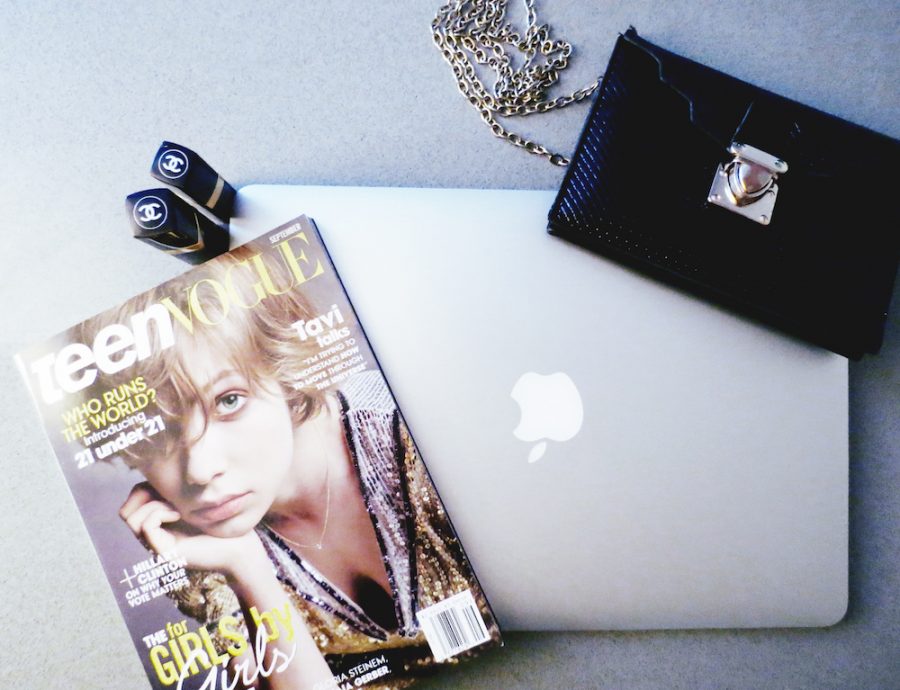Tech Innovation Sees Fashion Follow Suit
August 28, 2016
Over nine months ago, industry leaders from all over the world met at the Davos Resort in Switzerland for the World Economic Forum to discuss the Fourth Industrial Revolution. Now, fashion industry leaders are considering this newest revolution and how it will transform the world of fashion.
The Digital Revolution — known as the Third Industrial Revolution — has already significantly altered how we consume fashion. From the e-commerce boom to the ability to follow designers on Instagram and to “befriend” supermodels on Snapchat, the extent of the us vs. them divide in fashion has continuously dwindled. The Fourth Industrial Revolution builds upon the third but is further “blurring the lines between the physical, digital and biological spheres,” according to Klaus Schwab, founder and executive chairman of the WEF.
For fashion, this means interactive dressing rooms, interactivity between fibers and textiles and hopeful improvements in working environments and sustainability. The truth is, the industry can’t even gauge the full breadth of what this revolution could do to either help or hinder the fashion market — or any market for that matter, Schwab says in a book on the Fourth Industrial Revolution. According to the Business of Fashion, this presents the fashion industry with a unique opportunity to redefine how fashion is “created, communicated and consumed.”
BOF goes on to argue, “The Fourth Industrial Revolution will transform all industries. But fashion, in particular, stands to benefit most from advances in materials science, opening up a wide range of new functional and aesthetic possibilities for garments.” The main problem lies in getting these materials into the hands of the creatives who know how to deliver it in an aesthetically pleasing and functional package to their consumers.
With any technological advancement, human labor is condensed if not displaced altogether, and the advances of this revolution could rob workers of their jobs. On the other hand, technologies such as 3D printers allow for anyone to become a designer out of his or her own home, further encouraging the entrepreneurial spirit of the current generation.
Artificial intelligence will aid companies in predicting trends and best sellers. We can also expect more collaborations between fashion brands and tech companies to aid outside industries such as healthcare. The Apple Watch and FitBit have outsourced for aesthetic direction with fashion creatives, Levi’s and Google have partnered to create a jacket which would allow the wearer to control his or her phone through the jacket sleeve and the Starlight Children’s Foundation Canada has enlisted fashion designers to “create hospital gowns that teens would actually want to wear,” said Huffington Post.
The Fourth Industrial Revolution, especially in regards to how it will affect the fashion industry, presents a double-edged sword that could simultaneously improve systemic failures and exacerbate the industry’s neglect of worker’s rights and sustainability. Fashion has and always will be dependent on supply and demand. If consumers sternly demand social responsibility on every level in a way that affects the bottom line, then the industry will have no choice but to listen.
A version of this article appeared in the Sunday, August 28 print edition. Email Gabriella Bower at [email protected].


























































































































































